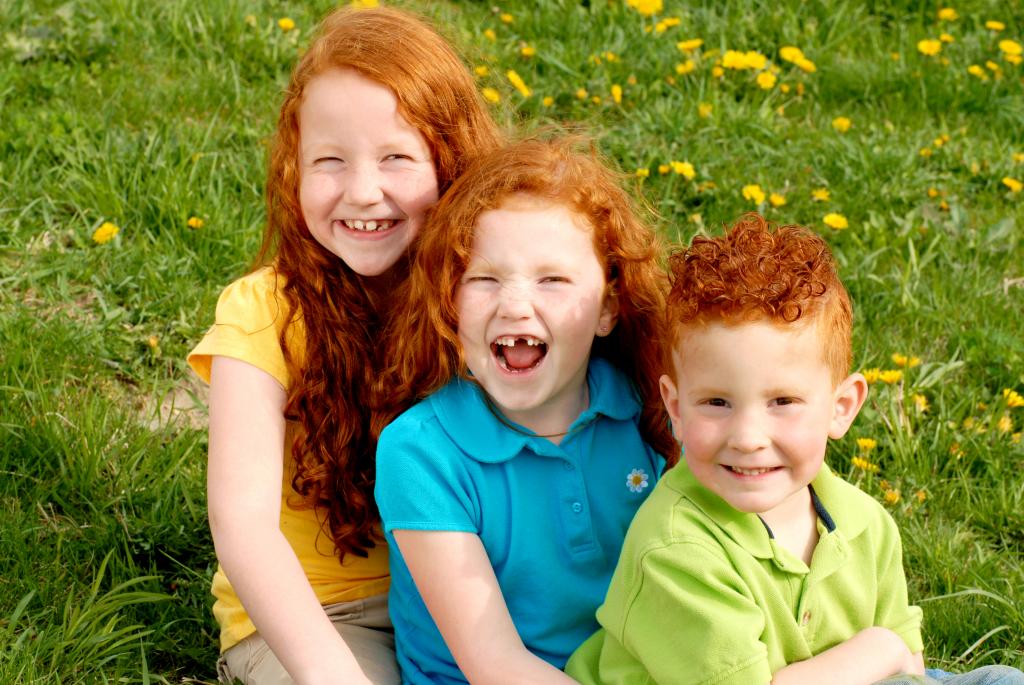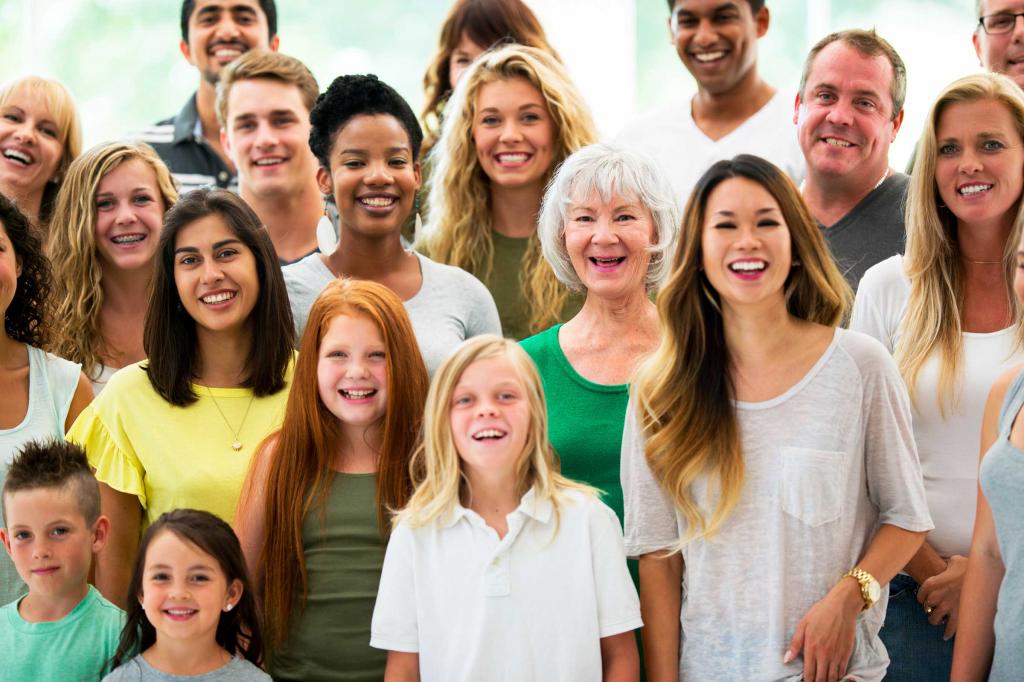The concept of "relative" is very loose, for some it is close people, consanguineous in kinship, and for someone it is newfound family members, with whom I had to go through a lot. Despite personal beliefs, in accordance with the law, family relations are considered on the basis of the Family Code. In the article below, we will consider who these are relatives in a straight ascending line and what privileges they possess.
Relatives in the UK
According to the Family Code, relatives in a straight ascending and descending, as well as lateral, are:
- A direct ascending line implies kinship with people with whom a person was born. First of all, they are considered parents: mother and father. Grandmothers and grandfathers follow, then great-grandmothers and great-grandfathers and so on. Based on the law, the concept of “blood relatives” does not exist. The parent is the person indicated on the birth certificate, even if he is not a biological father or mother.
- A direct descending line implies kinship with people descended from humans. In other words, these are children, grandchildren and great-grandchildren.
- The lateral line is relatives who happened without the participation of the person whose relationship is being determined. They are brothers and sisters.
When characterizing the relationship of kinship, the degree of kinship is primarily taken into account.

The degree of blood relationship
Degree of kinship means the number of offspring born between two individuals. Find out who is a relative in a straight line ascending, descending or lateral, for a variety of legal reasons.
For example, for the inheritance of material values, the closer the degree of kinship of a person, the more he has the opportunity to inherit property. It may also be a simple desire to make contact or ordinary interest.
The procedure for determining the degree of consanguinity is quite simple and is carried out in several stages.
- First of all, a particular person is taken into account with whom the degree of relationship is considered. In this case, who are the direct ascending relatives? These are parents, grandparents, and so on.
- Then the number of offspring between people is taken into account. This is best done in a descending or ascending straight line. For example, there were three births between a person and his great-grandmother: grandmother or grandfather, mother or father, and actually he himself.
- It’s a little harder to calculate the degree of kinship along the sideline. This can be done schematically by drawing the next of kin. First of all, these are brothers and sisters, then aunts and uncles, followed by cousins. They also count on a descending lateral line, starting with the nephews and passing to the grand-nephews.

Kinship of spouses
If we talk about the relationship of spouses, then in various instances their relationship is interpreted in different ways.
For example, the Criminal Code defines husband and wife as two different personalities that do not represent each other special relationship.
The tax code implies spouses as close relatives, and for housing legislation they are one component at all. If you do not go into legal nuances, people who have officially married are considered one unit of society and are responsible for each other.
Returning to the topic of inheritance, it is worth noting that in the event of the death of one of the spouses, the second is a full heir, the exception is people who were in a civil marriage.

Taxes and alimony
According to the Tax Code, when ascertaining who they are relatives in a straight ascending line, at the time of donation, these people are exempt from taxes. In this case, property rights are transferred free of charge. In this case, the spouse or spouse does not have property rights, and in the event of a divorce, she is not subject to division as jointly acquired. In addition, if in marriage the husband or wife gives each other movable or immovable property, it is also not taxed.
We figured out who these are relatives in a straight ascending line. Consider what obligations they have to children.
Alimony is a monthly payment of funds that is made on a voluntary or mandatory basis.
Mandatory payers are:
- Parents. Provide children until they reach adulthood or have already come of age, but disabled persons.
- Able-bodied grandparents to their minor grandchildren.
Downstream Payers:
- Children who have reached the age of majority, who must take care of disabled parents.
- Grandchildren, to their grandparents, in case their children for some reason are not able to pay child support.
Also pay child support:
- Spouse of a disabled spouse during pregnancy and for the next three years after the birth of a child. In addition, the spouse providing care for a child with a disability (group I) at birth.
- Former spouse of a pregnant wife and for three years after the birth of a child. The disabled spouse (e), if he became so in the last year of their life together or a year after it. Spouse caring for a disabled child from the birth of group I.

Kinship and citizenship in the Russian Federation
Relatives in a straight line, ascending or descending, and spouses receive citizenship in the following cases:
- Husband or wife after three years from the date of registration of marriage.
- For a child, provided that one of the parents has died or is deprived of parental rights, and the child has not reached the age of majority.
- Direct ascending relatives are citizens of the Russian Federation or were citizens of the RSFSR in the past.
It is worth knowing that the concept of “relative” is different in the Tax, Housing and Criminal Codes. Depending on the situation, a person has different rights and obligations.
